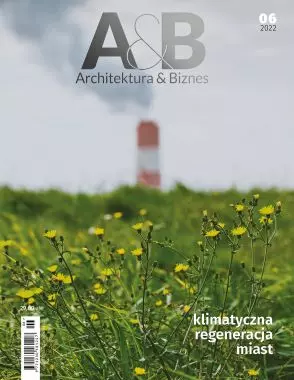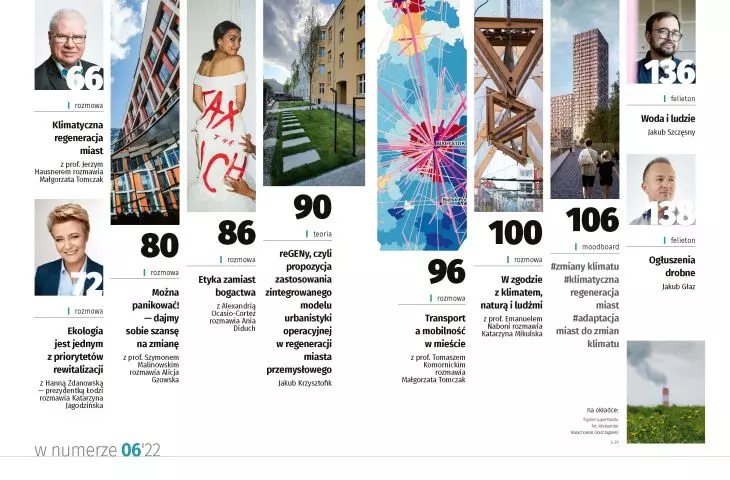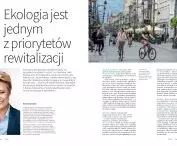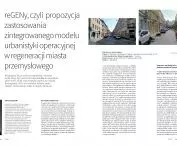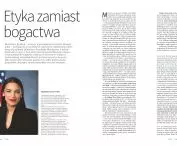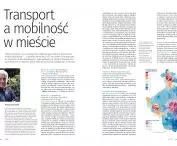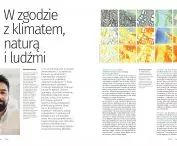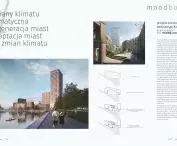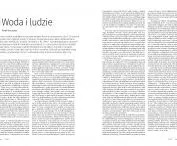Malgorzata TOMCZAK
Climate-driven urban regeneration
Climate-driven urban regeneration is one of our greatest challenges. Architecture and construction are responsible for about 30-40 percent of global carbon emissions. Another 20 percent is transport, another important component of an urbanized world. According to a diagnosis by the Architecture 2030 organization, by 2050 the carbon footprint from construction could be as high as 50 percent. All this is because more and more buildings are being constructed: every year we build roughly 6 billion new square meters. It's obvious that this has a negative impact on the environment and climate change. Is this what we want? Of course not. Seemingly we know what we should be doing - building less and instead using existing resources, building, choosing friendlier and greener materials, the production of which doesn't involve so much energy consumption, introducing greenery everywhere we can, or maybe even where at first glance we can't, and treating it as part of the green-blue urban infrastructure, not as a way to aestheticize space. But what we should do first and foremost is to consume less.
This is explained by Professor Jerzy Hausner in the opening conversation of this issue of A&B. We also look at how the United States - the world's second largest carbon emitter after China - is trying to deal with the problem. For this reason, we invited one of the biggest proponents of the Green New Deal and the face of the green revolution in the United States Alexandria Ocasio-Cortez to our pages.
In the new issue of A&B, we talk, look for solutions, gather and organize information, this time about the way to climate regeneration of cities. We need to know how to do it right, after all, we are designing our tomorrow today!





